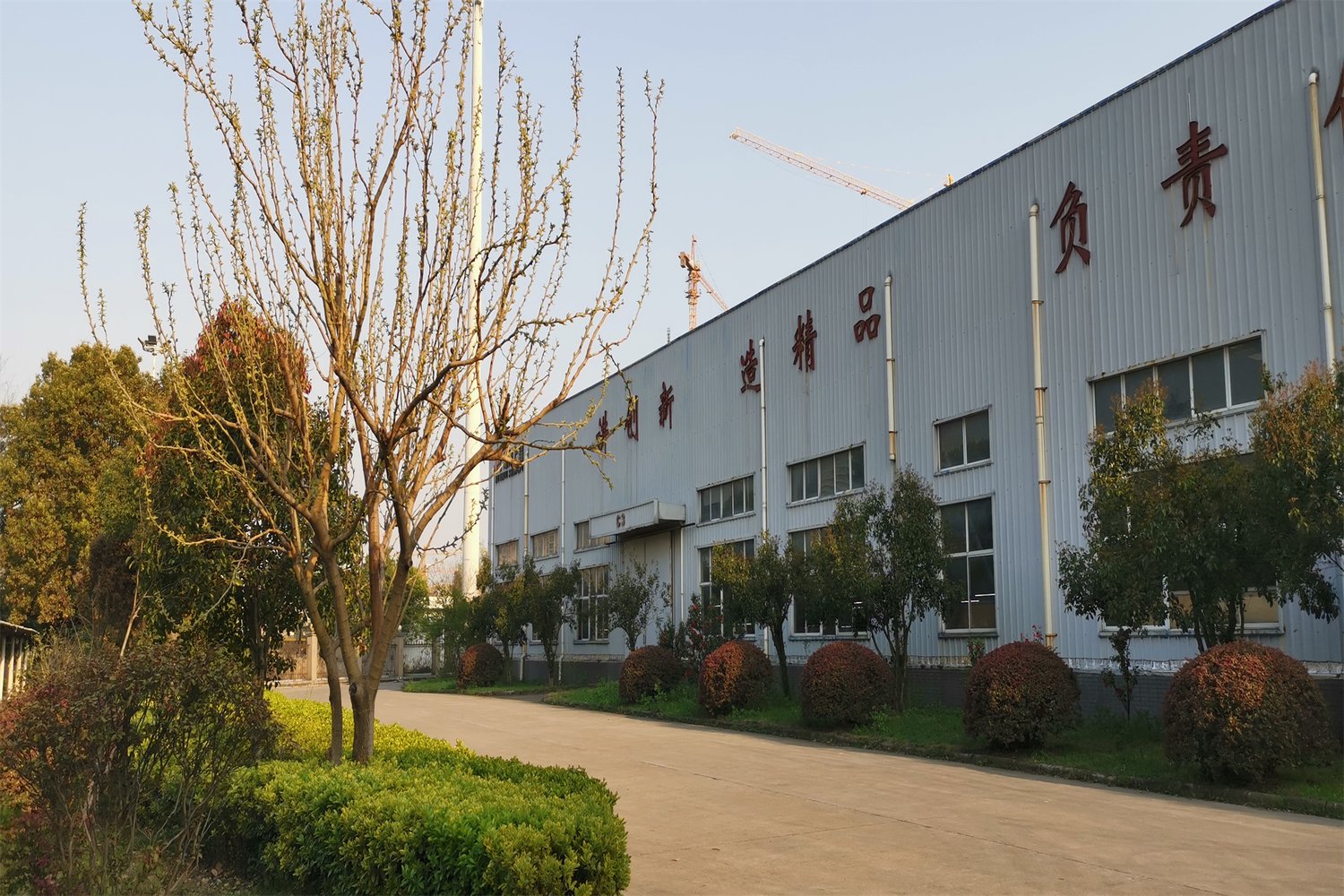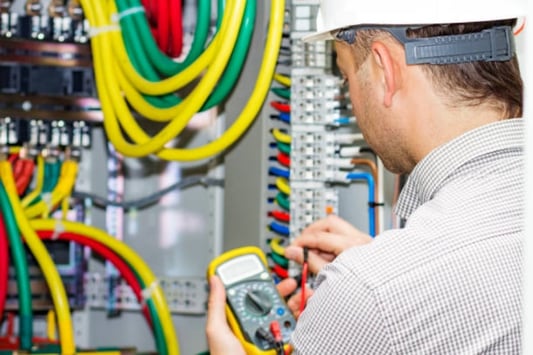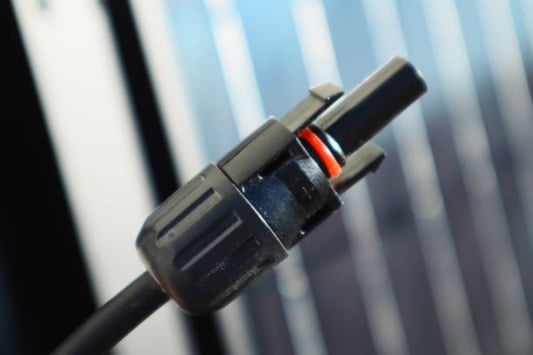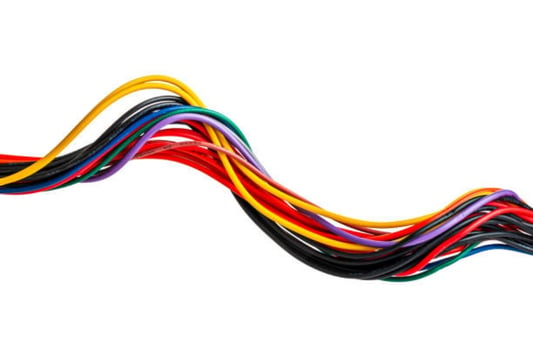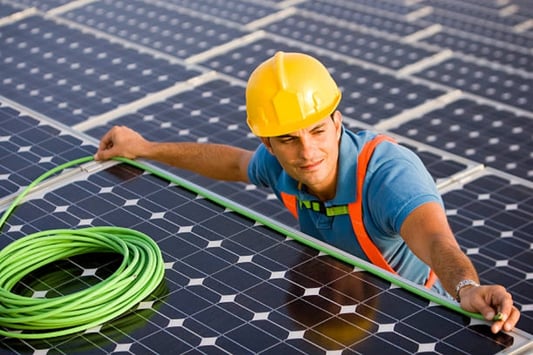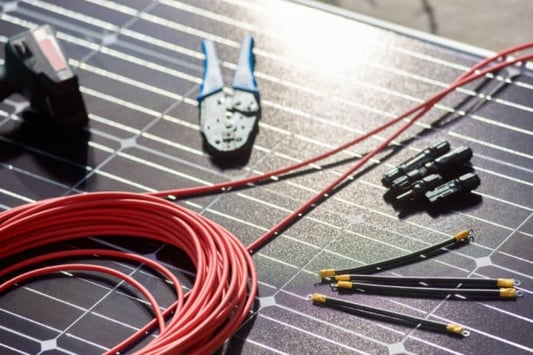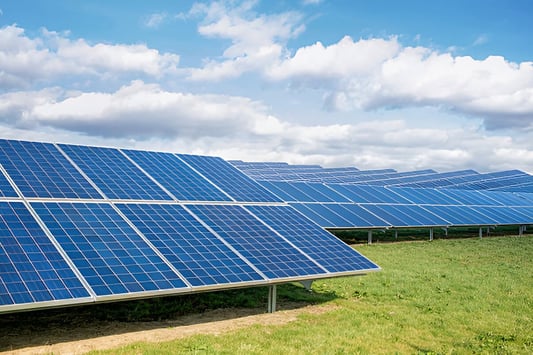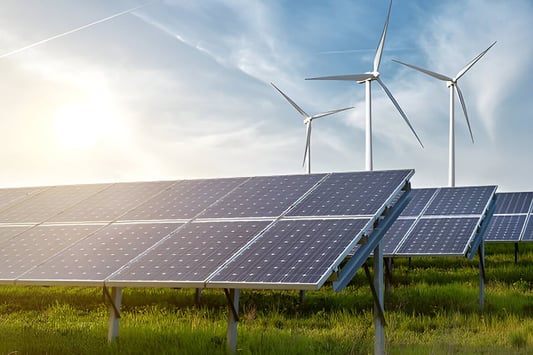solar db wiring: What It Is and Why It MattersAs we turn to more sustainable forms of energy, solar panels have become an increasingly popular choice for powering homes and businesses. However, efficient solar panel use requires proper wiring and installation. In this article, we will explore the concept of solar DB wiring and provide valuable information on how it affects the performance of your solar panels.What Is Solar DB Wiring?Solar DB wiring refers to wiring that connects your solar panels to a Distribution Box (DB). The DB is the central point where the electricity from the solar panels is distributed to the various circuits in your home or business. Solar DB wiring is therefore critical in ensuring that the electricity generated by your solar panels is efficiently and safely distributed.The Benefits of Proper Solar DB WiringProper solar DB wiring offers several benefits, including:Ensuring that the electricity generated by your solar panels is efficiently distributed to your various circuits.Maximizing the yield and performance of your solar panels.Reducing the risk of electrical faults and hazards. Providing a more reliable and safe power source. Factors to Consider When Wiring Your Solar Panels to a DBWhen wiring your solar panels to a DB, there are several factors that you need to consider, including:The size of your solar panels and the amount of electricity they generate.The distance between your solar panels and the DB.The number of circuits in your home or business.The type of DB you will be using and its rating.The Importance of Choosing the Right Wire SizeThe size of the wire used in solar DB wiring is crucial in ensuring proper performance of your solar panels. Choosing the wrong wire size can lead to significant losses in power and performance. In general, the wire size should be chosen based on the distance between the solar panels and the DB, and the amount of current that is being carried. It is essential to work with a professional solar installer or electrician who can help you determine the appropriate wire size.Types of Distribution Boxes for Solar PanelsThere are different types of DBs that can be used for solar panel installations. These include:DC combiner boxes – these are used to combine the output of multiple solar panels and feed the combined output to a single inverter.AC combiner boxes – these are used to combine the output of multiple inverters and feed the combined output to your circuits.Main distribution boxes – these are used to distribute power from your inverter to the main power supply of your home or business.The Importance of Professional Solar InstallationProper solar DB wiring requires expertise and experience. It is important to work with a professional solar installer who can help you choose the right DB and wire size for your solar panel installation. Professional solar installation also ensures that the system is properly installed and maintained, reducing the risk of electrical faults and hazards.The Cost of Solar Panel Installation and DB WiringThe cost of solar panel installation and DB wiring varies depending on several factors, including the size of your solar panel system, the type of DB and wire size required, and the cost of labor. However, investing in a professional solar panel installation with proper DB wiring can provide significant financial benefits in the long run, including reduced energy bills and increased property value.Maintaining Your Solar Panel SystemRegular maintenance of your solar panel system is essential in ensuring that it continues to function efficiently. This includes cleaning your solar panels regularly, checking the wiring connections, and having your system inspected by a professional installer or electrician.ConclusionSolar DB wiring is a critical component of a solar panel installation, and proper wiring is essential in ensuring maximum performance, reliability, and safety. It is crucial to work with a professional installer who can help you choose the right DB and wire size, and maintain and inspect your system regularly.Quote InquiryContact Us

